7 ways Apple can improve the iPhone for business users
A few minor tweaks
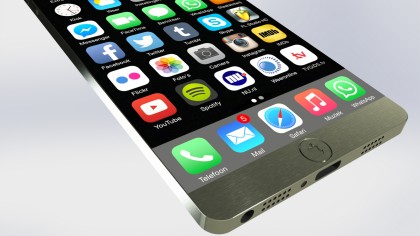
Introduction
With the iPhone 6s set to debut at a media event on September 9, many of us are on tenterhooks wondering how Apple will improve upon its previous smartphone models. Both the iPhone 6 and its bigger, more expensive partner product, the iPhone 6 Plus, offered stunning advancements, but failed to land five stars in our reviews — though they both came very close, with 4.5 stars each. Hey, nobody's perfect.
But this isn't about perfection, at least, not when it comes to the average businessperson's needs. And it is in that realm where the iPhone has consistently failed to solve a number of shortcomings. It's not just their hefty pricetags that keeps the iPhone 6 and 6 Plus from dominating the business world. These devices present certain persistent shortcomings. Issues around durability, call functionality, and app multitasking are just a few that Apple needs to address — and has a chance to with the iPhone 6s.
Personally, I still use an iPhone 5s and while it is technically my "business phone," since it is my only phone, I'm not using it in the way a variety of professionals may be. Beyond texting, Google Maps, and zombie games — my iPhone needs are minimal. So I consulted executives who rely on their phone for an array of business needs. What would they like to see improved upon with the iPhone 6s and how?
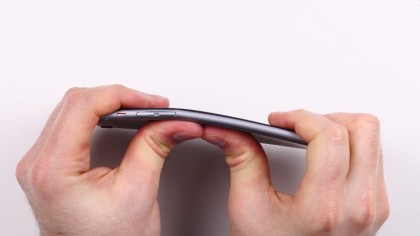
1. Durability
All smartphones have an air of fragileness to them, which is why sturdy cases are so important, but the thinner and lighter the iPhones get, the more delicate they become. Beth Bridges, VP of Digital Identity at J.I.T Outsource, says that her clients are shying away from new Apple products because of this durability issue.
"We have repeat customers who try to be careful, but have broken their iPhone glass over and over," Bridges says. "As we see Apple's competitors produce products that are more durable and user friendly, I think it's time Apple follow suit with an option that encompasses all their great technology with the durability needed in day-to-day business life."
There have been rumors that the iPhone 6s will use the same 7000 series aluminum that the Apple Watch sports, which is about 6o% tougher than aluminum.

2. FaceTime for videoconferencing
FaceTime has become an invaluable tool for iPhone users, but unlike Skype it only works in a one-on-one capacity. For businesspersons who need to videoconference with multiple users, this isn't very helpful.
"FaceTime could be extended to become the default business conference call and unified communications platform for mobile," says Bill Rice, CEO of Web Design and digital marketing firm Kaleidico. "Think GotoMeeting for mobile. [Apple] simply needs to open the endpoints to make it a universal communication tool, extend it to offer mobile screen sharing, and make it the default meeting location when scheduling a conference call line."
This is the kind of change that wouldn't come with the new phone model, per se, but with the next iOS update, which is also premiering on the 9th. Our sneak peak shows some positive changes to FaceTime, but not in terms of adding more users.

3. Enforced security
The iPhone has shined as one of the most secure types of smartphones, but it too has its security loopholes, a fact that would put anyone on edge, especially businesspersons whose phone contains sensitive documents. Apple hasn't been slacking on making the needed upgrades, among them the addition of the fingerprint unlocking screen. But the there needs to be more technology in this department.
"Apple is recognizing that providing businesses with the ability to put sensitive data behind advanced biometrics within an app, or apps, helps strengthenemployee access control," says Jason Peck, VP of Marketing at Canvas, a cloud-based software service. "Additional security features include always-on VPN options, and Apple's App Transport Security (ATS) feature in iOS 9 that requires data be transmitted through a secure https encryption setting."
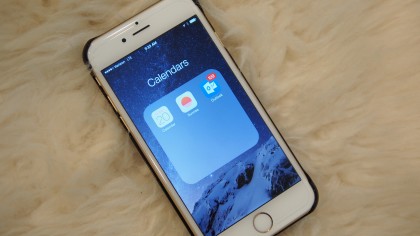
4. Calendar clean-up
Apple has indicated some improvements to its Calendar app are on the way, which will be greatly appreciated by businesspersons who rely on the app to schedule appointments, especially those who've traditionally relied on the Google Calendar app. For instance, with iOS 9, when you start adding users to an email message or a calendar invitation, iOS 9 will suggest users you usually include with them, like work colleagues. It can also suggest recipients when you implement familiar subject lines or event titles. But there could be more enhancements.
"Setting an appointment or heaven help you a conference call takes about a
million steps and clicks," says Rice. "This needs to be streamlined. In addition, I need
to more efficiently monitor and manage my weekly agenda. Apple should be
taking cues from the latest Google Calendar App update and Timepage App,
which I have used in place of [Apple's] default calendar."
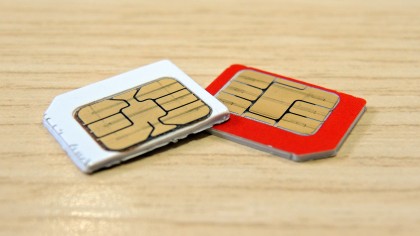
5. Enable multiple SIM Cards
Usually one SIM card is enough for iPhone users, but some people prefer more than one for various reasons. Sometimes this is because they want to enforce the boundary between work life and home life, without having to manage two separate phones.
You can buy a dual SIM device to enable multiple SIM card usage, but Bianca Y. Lee, founder and chief strategist at White Rose Marketing Solutions would prefer that the iPhone enabled this functionality without having to add on accessories. "I travel quite a bit for business," says Lee, founder and chief strategist at White Rose Marketing Solutions. "Phone carriers sometimes have relationships with local carriers in other countries, but most times I have to swap SIMs. Which means I am not able to use my US number or pick up voicemail when in a local country. Giving me the option of having multiple SIMs in my phone would be more ideal than forcing me to swap SIMs."
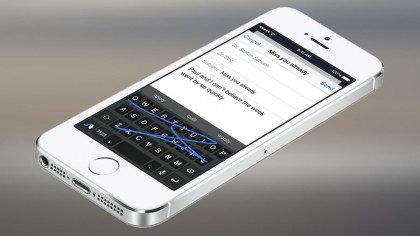
6. A more intuitive keyboard
iOS 9 promises new keyboard shortcuts, but what many users want is a new keyboard altogether.
Miné Salkin, a multimedia journalist and digital producer identifies as "a firm defender of iPhone culture," but dreads typing on an iPhone, because the keyboard because it is so prone to spelling mistakes in e-mails, and calls for longer time typing. "This has surely impacted business for me, and productivity in general by nearly being handicapped by the lack of efficiency," Salkin says. "Despite all the third party downloads (and even Ryan Seacrest's ridiculous BlackBerry iPhone keyboard), I've not come across anything better than Android's keyboard. Is it really so difficult for Apple to include numbers at the top as a default? The [next] iPhone will hopefully offer up an improved typing experience, perhaps something using force touch, to improve it as a business tool."
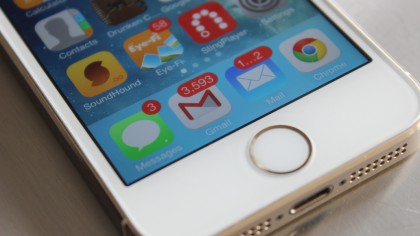
7. Email functionality
When it comes to its email functions, Apple has really got to do better. This is make-or-break for some business people, especially those who are shooting emails back and forth all day while on the go.
"With Apple's iPhone, emails are blindly categorized into groups that are assumed to be correlated," says Andrew Royce Bauer, CEO of Royce, a luxury goods and jewelry brand. "However, this results in important emails at my company being lost amongst groupings that are not supposed to be together. Apple definitely needs to improve its email compatibility with the time constraints of business executives. We are looking for quicker access to emails, simpler organization, and quicker response times in email searches."
On top of that, as Aubriana Alvarez Lopez, lead strategist at Digital Element, points out, currently iPhone users cannot send attachments of documents via Apple mail —only links, photos, and videos.
"The exception is going into iCloud, [and] finding the document and sending from there, but who sends or replies to an email that way?" asks Lopez. "This makes for a poor user experience and is not the most professional option."